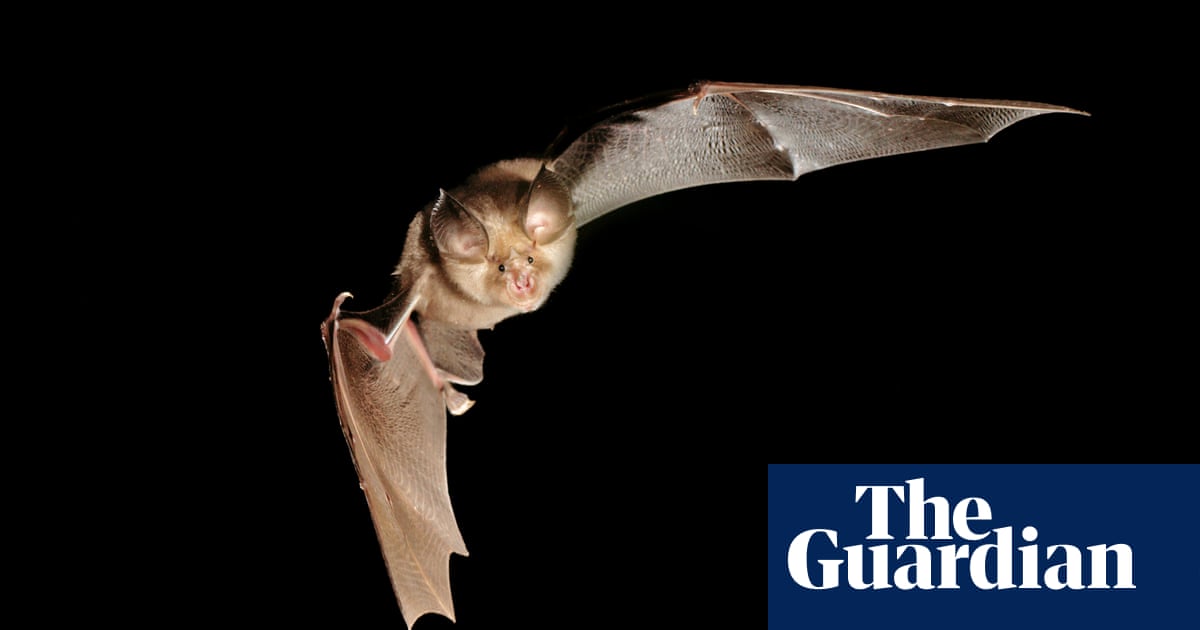
Bats in the frontier regions of south and south-west China harbour other coronaviruses that already have the capacity to cross over to humans, a prominent Chinese scientist has said.
Dr Shi Zhengli of the Wuhan Institute of Virology said these viruses, including close relatives of Sars-CoV-2, which causes Covid-19, were likely to be circulating in nature beyond China.
“We should not only search for them in China, but also in south Asian countries,” said Shi, who is nicknamed “Bat Woman” because her research group studies bat coronaviruses.
Her comments, which were made at a webinar organised by the French medical and veterinary academies, came as two international teams – one coordinated by the World Health Organization and another set up by the Lancet medical journal – prepare to investigate the origins of the pandemic a year after it officially began.
These efforts have become highly politicised. The US and China accuse each other of being at the origin of the pandemic as their trade war rumbles on. Other countries, including India, have been named as possible sources, too. Shi’s laboratory was accused of being the source of an accidental viral leak earlier in the year. There is no evidence to support the allegation and Shi has strenuously denied it.
The virologist was not suggesting China should be eliminated from the investigations, only that those inquires should go beyond China, which they will.
The natural reservoir for Sars-CoV-2 is thought to be bats, and though Shi said the virus was most probably passed on to another animal before it reached humans, that animal (the intermediate host) has yet to be identified.
Coronavirus: what has changed about what we know? – video explainer
It is also unclear how long the virus might have been circulating in that animal or in humans before it was detected late last year: Shi said it could have been in one or the other “for a very long time”.
Prof Edward Holmes, a virologist at the University of Sydney, agreed that the virus could have been in an intermediate host for a long time, and perhaps even in humans for a few months before it was reported.
“It is perfectly possible that the initial cross-species transmission event did not happen in or around Wuhan itself,” said Holmes, who was not at the webinar.
“It may not even have happened in Hubei province, although there are obviously a huge number of possible animals to test to resolve this.”
Shi’s group has so far failed to detect the virus in farm animals or wildlife they have sampled around Wuhan, the capital of Hubei province.
She said that if the intermediate host was the pangolin, as some have proposed, then it’s possible the virus jumped from bats to pangolins outside China – since all pangolins that reach China are smuggled in from other Asian nations, including India.
However, Prof David Robertson, who studies viruses at the University of Glasgow, said the investigations should remain focused on China.
“We’re fairly confident the pangolins have picked up their virus, presumably from horseshoe bats, after being imported into China,” said Robertson, who also did not attend the webinar.
His said his group’s research indicated that Sars-CoV-2 acquired most of the mutations that made the virus transmissible to humans while still in bats.
Those involved in the Lancet and WHO investigations know they may never be able to clarify the exact path the virus took towards being passed on to humans, so long after the event.
Their goal is to map out the ecosystem that made that crossover possible so as to prevent it happening again.
Shi’s group reported last year that there were hotspots in China, notably in the south and south-west, where Sars-like coronaviruses show high genetic diversity and therefore high capacity for change.
Analysis the team published in October indicated that some were already capable of invading human cells – a finding Shi described in the webinar as “very surprising”.
Other coronaviruses, related to the one that caused the outbreak of Middle East respiratory syndrome (Mers) in Saudi Arabia in 2012, are circulating in animals in Europe and Africa.
“We think these viruses have a high risk of interspecies transmission to human,” Shi said.
Shi urged greater surveillance at two points in the chain whereby a disease of non-human animal origin becomes a human one: between wild animals and domesticated or farmed ones, and between farmed animals and humans. Monitoring was recently stepped up for bird flu outbreaks on British poultry farms, for example.
“For the human side we clearly need to get better at monitoring new disease outbreaks,” said Robertson.
from WordPress https://ift.tt/3g8gSkU
via IFTTT








No comments:
Post a Comment